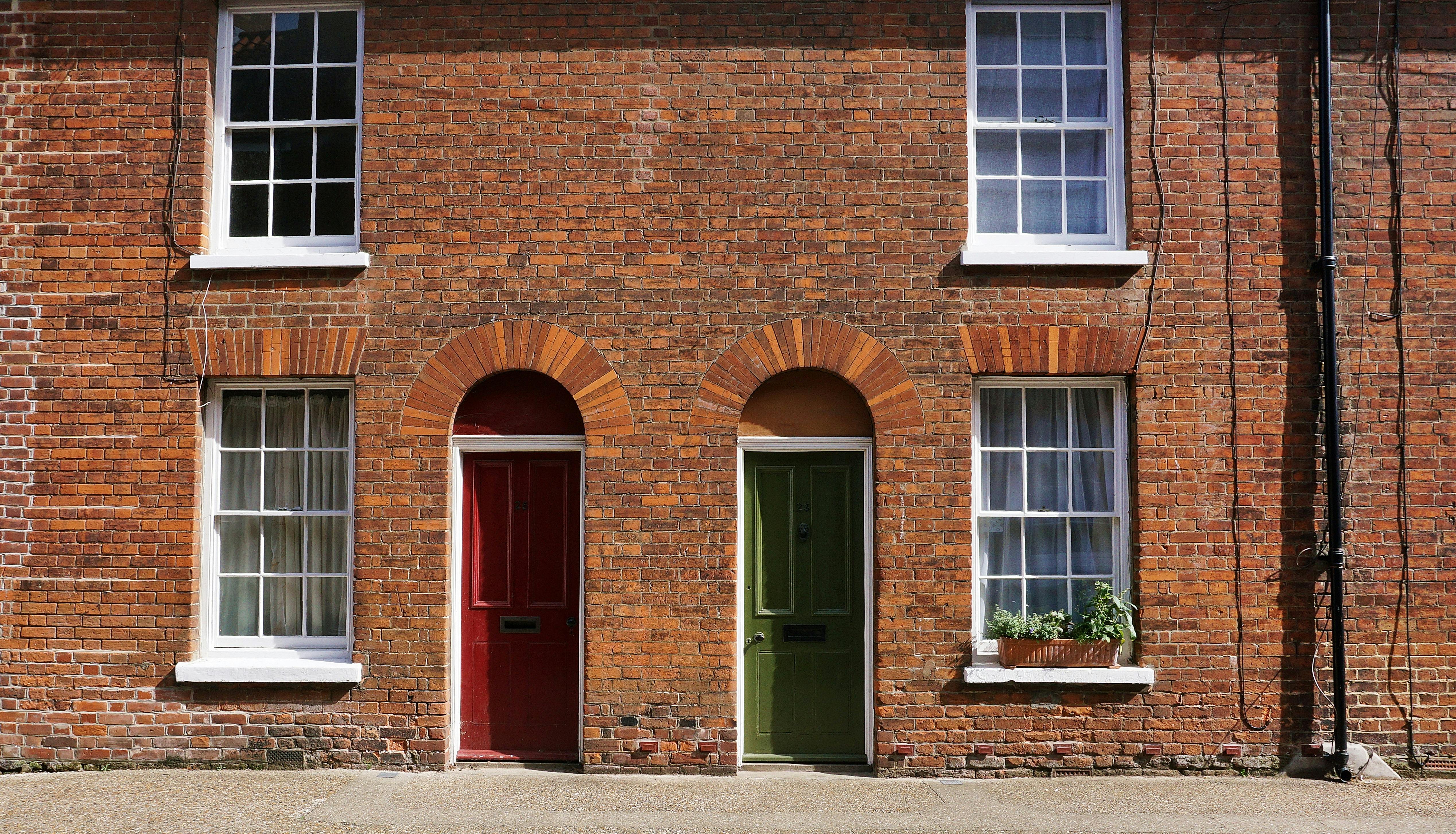What Does Home Insurance Cover? Types, Benefits & Exclusions
Home insurance covers your home and belongings in case of accidental damage or loss. But be sure you understand what’s covered—and what’s not—by reading our guide.
Published:
When you purchase through links on our site, we may earn an affiliate commission. Here's how it works.

The best home insurance gives you peace of mind, knowing you can repair or rebuild your home and replace belongings in the event of damage or loss. But before you purchase a policy, you need the facts.
What does home insurance cover? What isn’t covered in standard home insurance policies? And what can invalidate home insurance?
We’ll walk you through everything you need to know in this comprehensive guide. Let’s dive in!
Key takeaways
- Three types of home insurance are available: buildings, contents, and combined cover.
- Buildings insurance covers the cost of rebuilding or repairing your home.
- Contents insurance protects valuables lost due to theft or damage.
- Specific exclusions, such as infestations and wear and tear, limit claims under standard house insurance.
What is home insurance?
In the UK, home insurance provides financial protection for your home and belongings. It typically falls into 3 categories: buildings insurance, contents insurance, and a combined policy.
- Buildings insurance covers the physical structure of your home, including walls, roof, doors, windows, and permanent fixtures like kitchens and bathrooms. It protects against damage from events such as storms, fire, floods, or subsidence (sinking).
- Contents insurance covers the repair or replacement of items inside your home, such as furniture, electronics, clothing, and jewellery. It may also protect valuables outside the house, like bicycles or laptops, against theft or damage.
- Combined buildings and contents insurance is a single policy that incorporates the above 2 categories and provides comprehensive coverage for your home and its contents. This option is often more cost-effective for homeowners compared to purchasing separate policies.
Understanding the difference between these categories can help you choose the right level of protection for your needs.
What does home insurance usually cover?
Home insurance policies typically protect against various risks, though coverage depends on the type of policy and any add-ons you might choose.
Typically, buildings insurance covers the cost of repairs or rebuilding due to damage caused by:
- Fire
- Storms
- Floods
- Sudden water leaks
- Subsidence
- Theft or vandalism
Coverage may also include related occurrences, such as damage from falling trees or wind-blown debris.
What is included in contents insurance?
Contents insurance provides protection for your belongings against:
- Fire
- Floods
- Storms
- Theft
- Other occurrences determined by your policy
If any of those events cause loss or damage to belongings inside your home, contents insurance will usually repair or replace them. It may also cover items outside your home, including jewellery.
What add-ons are available?
For additional peace of mind, home insurance policies provide add-ons like:
- Home emergency coverage, which expert help in urgent situations that threaten your home or safety, such as loss of water or electricity, roof damage, pest infestations, or lock issues.
- Legal assistance.
- Coverage for high-value items like bikes, digital devices, or jewellery.
By customising your policy to include the coverage you need, you can protect your home and valuables adequately.
What isn’t covered by home insurance?
It’s important to check your home insurance policy to understand what isn’t covered by your home insurance. Typically, exclusions include:
Wear and tear
Home insurance won’t cover damage caused by normal ageing and deterioration of your home. You must maintain the condition of your home and arrange timely repairs for leaking roofs, blocked gutters, rising damp, and other issues that affect most homes.
Damage while unoccupied for a length of time
Everyone is allowed a holiday, but insurance policies typically limit the time homeowners can spend away from their homes. An unoccupied property is more at risk of fires, damaging leaks, and burglary. Check your policy for the maximum time you can leave your property empty without invalidating your cover.
Deliberate damage
Insurers will not honour claims if they discover a homeowner has deliberately damaged property or belongings. Anyone doing so risks accusations of fraud. Contact your insurers only with genuine claims.
Damage due to renovation
Your standard policy may not cover damage caused by building an extension or refitting your kitchen. Therefore, always inform your insurers if you intend to make significant changes to your home.
Frost damage
Most insurers classify frost damage as a maintenance issue rather than a sudden event.
Do I need separate buildings and contents insurance?
Homeowners can usually combine buildings and contents insurance. A combined policy is easier and quicker to arrange and usually offers better value for money.
Tenants, however, aren’t required to insure a house or flat they’re renting. That’s the landlord’s responsibility. Instead, tenants should purchase contents insurance to protect their belongings.
What are the advantages of home and contents insurance?
Financial protection
Home and contents insurance safeguards you from the cost of repairs or replacement due to an unexpected event.
Peace of mind
Nobody wants to think about fires, theft, floods, and storms and the potential damage to their home. But knowing your home insurance protects you and your loved ones can bring reassurance and a sense of security.
Affordable
You’re likely wondering how much home insurance costs. But the cheapest home insurance isn’t always the best choice. For between £200-£400 a year, you can buy a leading home and contents insurance policy, so pick the one that suits your needs. Annual payments are lower, but you can stretch it out and pay monthly.
Flexible coverage
You can tailor policies to suit your needs. For example, you could add coverage for accidental damage, high-value items, or bike protection.
Do I need home insurance?
If you’re a homeowner with a mortgage, you already know taking out a home loan almost always requires home insurance. The fact that banks make this demand demonstrates how essential home insurance is. Satisfying mortgage requirements, however, isn’t the only good reason to get home insurance.
Most people’s homes are the most expensive thing they’ll ever buy. Home insurance provides security and knowing you won’t have to bear the entire financial burden for repairs or rebuilds should you be a victim of a burglary or natural disaster. Given the comparatively low cost of insurance compared to potential losses, home insurance is a wise investment.
FAQs
Does home insurance cover garages and sheds?
Standard policies usually include outbuildings such as sheds and garages, provided they are within your property’s boundary. However, check your policy carefully, as some may only include buildings physically attached to the main property.
Are new builds cheaper to insure than older houses?
In general, newly built homes are cheaper to insure than older houses. They’re less at risk of fires, leaks, or subsidence because they have been built to modern construction and safety standards. For brand-new homes, builder warranties also reduce the likelihood of a claim.
Does home insurance cover water damage or damp?
Home insurance typically covers water damage caused by a sudden or accidental event, like a burst pipe, a flood, or a storm-damaged roof. However, it doesn’t usually cover damage caused by gradual issues such as rising damp, mould, or long-term leaks.
